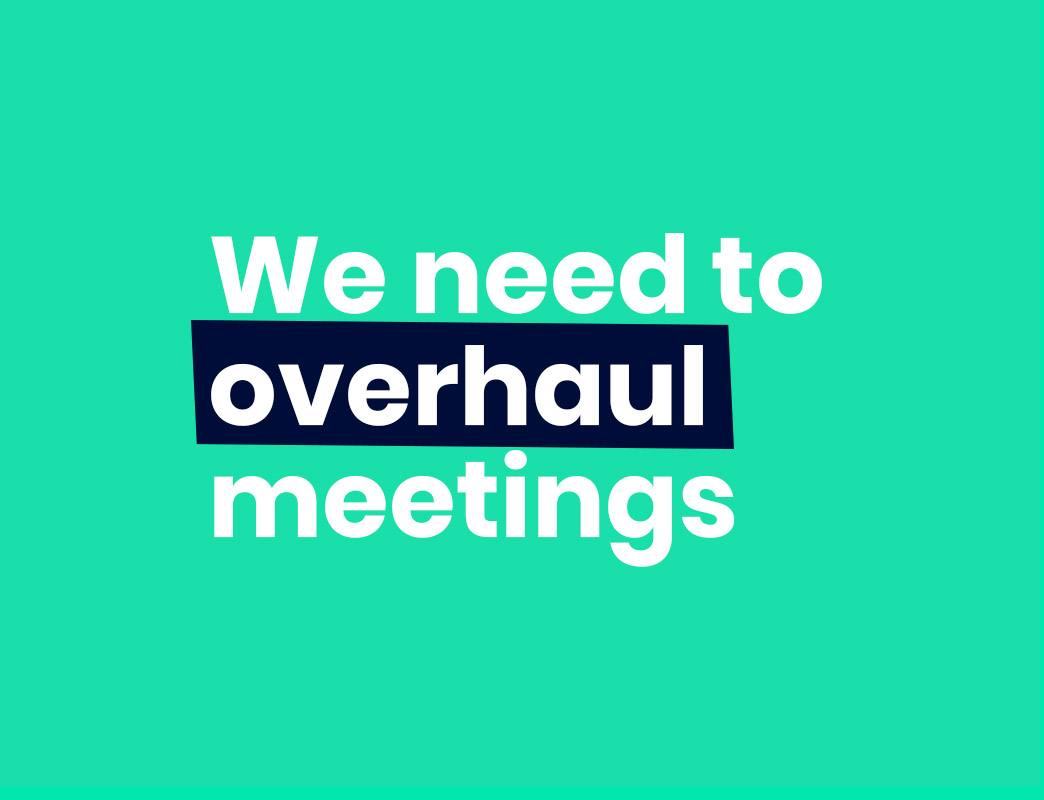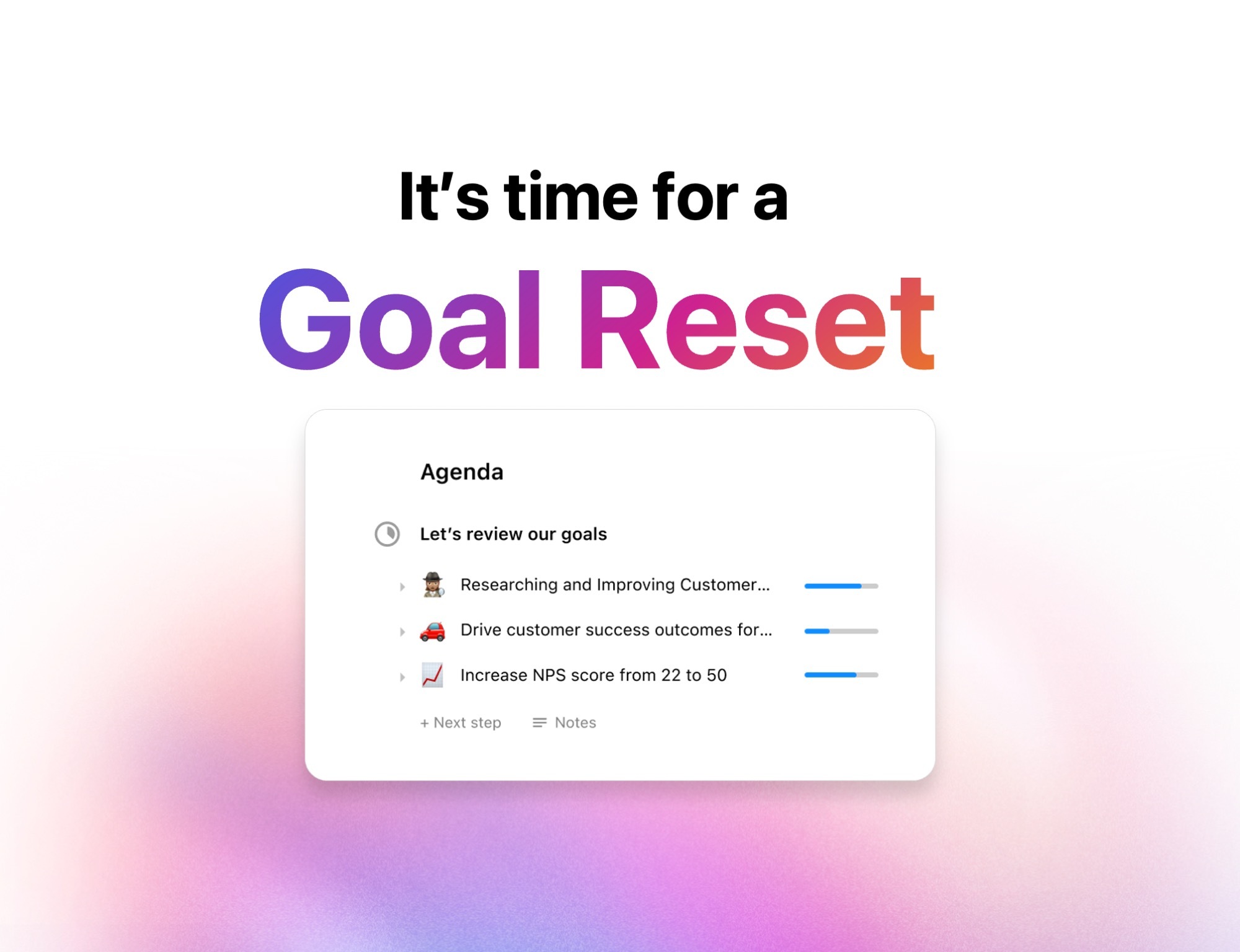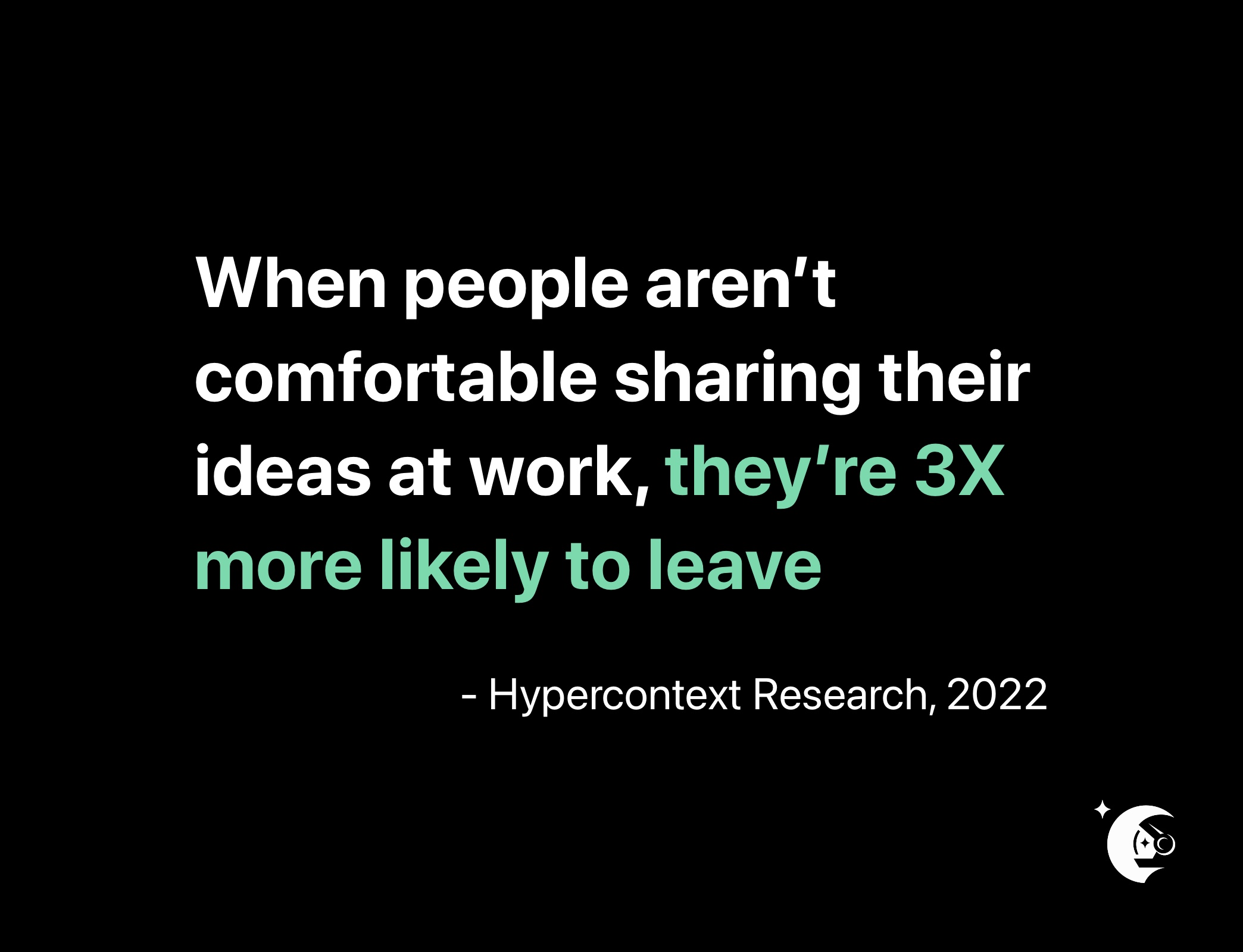This company canceled all meetings: Here’s what happened
8 min readWhat is asynchronous communication and how does it work? Yac’s Founder and CMO, Hunter McKinley, explains why he takes an asynch-first approach with his team.

When I explain to people that I run my startup asynchronously (“async”) first, I get a few confused reactions. Some people are confused by what asynchronous communication really is, while others tell me that async is a surefire way to lose all humanity in the workplace.
To address the first point of confusion: asynchronous communication is easier to understand than you think. But we’ll get to defining async in just a second.
Defining and understanding async is one thing, but understanding that an async culture actually helps teams thrive is another.
My startup Yac is living proof that async-first companies don’t lose out on their humanity. I count all of our small but mighty team as more than just ‘coworkers’ even though we don’t spend half our days in meetings like everyone else.
We need to overhaul meetings
The data is clear: we are over-meeting’ed (that’s my highly technical term). Here are just a few data points to consider from Harvard Business Review:
- 65% of senior leaders said meetings keep them from getting work done.
- 71% said meetings were unproductive and inefficient.
- 64% said meetings come at the expense of deep thinking.
- 62% said meetings miss opportunities to bring the team closer together.
It also seems the working world is obsessed with meetings: the number of meetings has increased every year since 2008 and increased by 10% in 2020 alone with the shift to remote work.
While meetings are still an important part of the workplace ecosystem, async communication enables teams to run meetings more effectively.
Having pointless meetings is no longer a rite of passage in the workplace.
— Justin Mitchell 👋 (@jmitch) June 16, 2021
Enter the antidote to meeting madness: asynchronous communication.
At Yac, instead of booking a meeting for every little thing, our company defaults to async methods of communication. If we ultimately need to book a meeting, we’ve got a lot of context already–and a specific purpose for why we’e meeting. Since 67% of all corporate meetings are ‘failures’ with no outcome, just knowing why we’re actually meeting is a huge win.
What is asynchronous communication
For a quick definition, here’s what I mean by async-first: Async means communicating without an expectation of an immediate reply. But it can still be time-boxed within reason (a few hours, a day, etc. depending on message urgency). If voice messages, screen shares, and emails don’t solve the problem, we make sure the problem is clearly identified, the desired outcome (or need) is also identified, then have a brief meeting to figure it out. After that, all defaults continue on async-first and meetings are an as-needed last resort.
I don’t apply this rule to 1:1s and social events – there are times when syncing up live is incredibly valuable. We work async-first so that we always have the flexibility to sync up when it matters.
Why teams should choose async-first
With definitions and data out of the way, here are a few of the reasons we chose async-first for our business (and why you should too):
Better brainstorming
We approach brainstorming with the belief that live conversations can be helpful, but people work better when they have a moment to think. After all, we need a better outcome, not a performative brainstorming session. So when someone can schedule their own time to think and respond with a voice message or other async tool – instead of being pulled away from critical work for a ‘quick’ 25-minute brainstorming session – they’ll often produce better results.
One other note: async-first is simply removing the expectation to communicate live. If you happen to send a voice note and someone wants to reply immediately, they 100% can if that works for them.
Communication is stored in the cloud
Voice and written notes (Slack, email, collaborative meeting agendas, etc.) are searchable, recorded, and centralized. That means you never have to worry if someone took notes from that meeting two weeks ago about that one off topic thing that is now very important (then manually uploaded them into the company wiki). At Yac, anyone in our company can simply search through old voice messages, Slack messages, and emails to see who said what thing about a given topic.
This is super convenient for empowering people to solve their own problems, because they can search through every voice note in our company history. It’s also incredibly helpful for hybrid remote companies that can struggle with ‘communication highways’ where people in the office have important discussions in-person, leaving remote employees out. When you use asynchronous tools everything’s in the cloud and accessible to all.
A more inclusive working style
Async-first helps a lot of things that require empathy and inclusion at work, including:
- People working in different time zones
- People with different work styles who don’t thrive in meetings
- Shy or quiet people who don’t like to jump up in meetings but have significant contributions to make
- Parents or caregivers who don’t have the luxury of sitting at their computer all the time just in case there’s a ‘quick’ meeting called
- Anyone with vision difficulties can use async audio to hear actual people talking through ideas (instead of a robotic screen reader)
I know that D&I is significantly more than just sending an async voice message and calling it a day, but it absolutely helps by giving people the option to communicate in a way that’s most comfortable for them.
More flexibility
Meetings take up a lot of time—30-60 minutes is the average per meeting, plus factoring in the hours of prep time. Async, on the other hand, is fast and flexible.
Need to make people aware of a big new change? Send a voice note and talk naturally, adding an email for any further clarity or context. Sharing an idea that just popped into your head? A voice note or Slack message will probably do the trick.
The other good part about async is that it can apply to a portion of a task, a whole task, or a whole project. It doesn’t have to be used in every instance and has a very low barrier to jump in and out of. Where booking a meeting requires a minimum amount of time, you can use async (or go back to it after a necessary meeting) in seconds.
Async-first doesn’t mean no meetings
This is perhaps the biggest misunderstanding people have when I say I run my business asyn-first. We have meetings. They are just rare and only focused on overcoming obstacles we couldn’t solve asynchronously. That means our meetings are shorter, more efficient, and everyone knows exactly why they’re in the room. We sync up, solve the problem, and move on.
Totally agree. The difference in culture is what’s important here I think – you can still use both in different contexts!
— Colin James Belyea (@colinjamesb) June 9, 2021
Best practices we’ve learned for async communication
If you’re thinking of going async-first, here are a few best practices we’ve picked up from our experience:
1. Set up channels
Async communication needs segmentation to succeed. Whether in email, Slack, Yac, or any other async platform, make sure you set up channels for relevant discussions (like “Ideas,” “Client issues,” or “Random growth thoughts”).
2. Set up integrations
Getting a new app to support your async-first way of working is great, but don’t silo the communications outside of your normal office communications platforms. Integrate them so you don’t lose context. For example, if you use Yac for voice messages, Hypercontext for 1:1s, and Slack for team communication, integrate them all so meeting agendas from Hypercontext can be augmented with Yac voice messages or Slack responses. That way everything is centralized so you can focus on work, not wondering which platform you used for that cool idea or critical piece of feedback.
3. Be clear on time expectations
Async-first means not demanding immediate replies, but you can still set expectations. If you need to hear back from someone by the end of the day, you can say that. Or if it truly is a random thought that has no timeline, say that too so no one is left guessing.
4. Speak naturally with voice messages and write like you talk
You might be talking to your phone, but talk like the person is standing right there in front of you. That’s how you bring humanity back into async-first communication. The same thing with emails or Slack messages—the more you write like you talk, the more human your communication will be.
Think outside the box with what you can do async and voice messaging
Outside of brainstorming and some internal meetings, async-first messaging is helpful for debugging, more descriptive customer support tickets, or sales pitches. (Seriously, try an async sales pitch. It’s fun. Especially for when you’re trying to choose between multiple vendors.)
All for async-first
Running my company async-first is honestly a lot of fun. It’s a bit odd at first, but our team realized the odd feeling stemmed from a culture that makes people think more meetings equals more productivity, not that async is all that odd on its own.
We already do so much asynchronously in our lives anyway—from texting a friend, to posting on social media, to telling someone we can’t answer their question immediately because our brain is fried from so many meetings—that once we committed to async-first we noticed how natural it felt.
It takes a bit of adjustment up front to cultivate new habits, but after that it feels amazing to eliminate unnecessary meetings so we can focus on work and, when we do sync up, spending quality time together.



